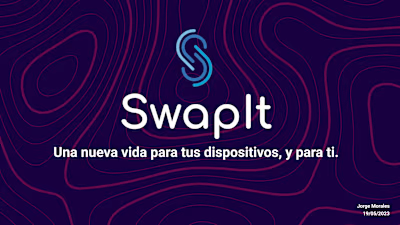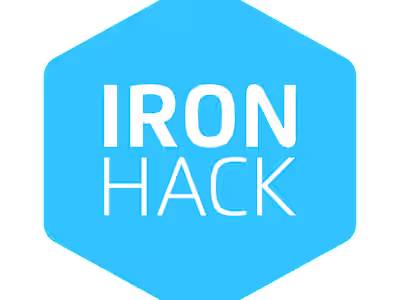Scalify Agency | Automated business processes to drive revenue
Situation: I was working as a product and project manager and marketing operations specialist at scalify, an agency for content creators to sell services and transform leads into revenue. Scalify had a large and diverse customer base, ranging from bloggers and podcasters to influencers and online educators. Scalify offered various services, such as content creation, marketing, sales, and customer support.
Task: My task was to create automation systems for scalify, to help them reach more people, be more organized, and drive more revenue, preventing human error. The automation systems would enable scalify to automate and optimize their workflows, processes, and tasks, such as lead generation, lead nurturing, lead conversion, content delivery, customer retention, and customer feedback.
Action: To accomplish this task, I did the following:
I defined the scope of the automation systems, including the objectives, benefits, and requirements. I conducted a thorough analysis of scalify’s current situation, identifying the pain points, challenges, and opportunities. I also researched the best practices and trends in the industry, and benchmarked the competitors.
I aligned the automation systems with the relevant stakeholders, such as the leadership team, the content creators, the customers, and the vendors. I communicated the vision, value, and timeline of the automation systems clearly and frequently. I also involved the key stakeholders in the planning and execution of the automation systems, soliciting their feedback and input along the way.
I managed the stakeholder and vendor relationships, ensuring clear and frequent communication, collaboration, and coordination. I used tools such as teamwork.com and hubspot to manage the projects, tasks, and workflows. I also used tools such as zoom and slack to communicate and share information with the stakeholders and vendors. I also created and maintained contracts, agreements, and invoices with the stakeholders and vendors, ensuring transparency and accountability.
I addressed the technical and data nuances of the automation systems, such as compatibility, security, scalability, and analytics. I ensured that the tools and platforms used by the automation systems were compatible with each other, and with the customers’ needs and preferences. I also ensured that the data collected and processed by the automation systems was secure, compliant, and ethical. I also ensured that the automation systems could scale up or down according to the demand and capacity. I also used tools such as google analytics and hubspot to measure and optimize the performance and impact of the automation systems.
I created the automation systems using various tools and platforms, such as hubspot, zapier, mailchimp, teachable, and wordpress. I used hubspot to automate and optimize the lead generation, lead nurturing, and lead conversion processes, using features such as landing pages, forms, email marketing, chatbots, and CRM. I used zapier to integrate and automate the different tools and platforms, creating workflows and triggers based on real-time data and events. I used mailchimp to automate and optimize the content delivery and customer retention processes, using features such as newsletters, campaigns, segments, and tags. I used teachable to automate and optimize the online education and customer feedback processes, using features such as courses, quizzes, certificates, and surveys. I used wordpress to automate and optimize the content creation and marketing processes, using features such as blogs, podcasts, SEO, and social media.
Result: The automation systems were a successful and efficient solution, thanks to the careful planning and execution, and the collaboration and cooperation of all the stakeholders and vendors. The automation systems enabled scalify to reach more people, be more organized, and drive more revenue, preventing human error. The automation systems resulted in increased lead generation, lead conversion, content delivery, customer retention, and customer feedback, as well as improved efficiency, performance, and alignment of the content creators and the customers.
Like this project
Posted Aug 11, 2023
Created automation systems for scalify. Defined scope, aligned stakeholders, managed vendors, created systems. Boosted revenue and efficiency.








